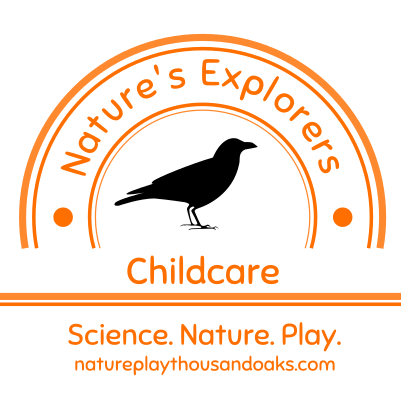Note: During the COVID-19 crisis, we are sharing original content with our community via social media in an effort to support families at home with their young children. We are republishing some of this content on our blog.
The relationships that young children construct with peers are endlessly fascinating to observe. In a single hour, like a fly on the wall, you will witness the most beautiful tenderness, pure comedy, utter devotion, and impatient dismissal or outright hostility you can imagine. Young children ricochet off of one another and are then almost immediately drawn back together like magnets. Many adults have a rose-tinted view of young children’s social lives and circles, believing that any and all children can “play together” with ease. We do children a disservice when we sanitize and romanticize their real feelings and inclinations. Their relationships in childcare and at school are as tangled, diverse, and hot and cold as the relationships that adults build with colleagues. Children are not learning to be whole humans and waiting for life to begin -- they are complete people with rich lives, opinions, and deep feelings just like your own. The difference we observe is simply in the expression.
I think what teachers really mean to say when they tell children things like, “We’re all friends at school!” is that while it’s okay not to be “friends” and while we know that not everyone is truly friends with each other, the expectation is that you be “friendly.” And that’s reasonable and appropriate and one of the important functions of preschool: learning to interact in pro-social ways even when it’s hard and even when it’s messy.
Because we value and respect young children’s authentic relationships, we know how difficult it is for them during this time of social distancing. They truly miss their friends and peers. It’s very confusing to not be able to be together like they are accustomed to. How can we support them and nurture their connections during this time? The most important thing we can do is to talk about their friends and support children in thinking about their relationships. This can be a source of great joy: sharing memories of things that friends love to do together or places they have been. Use photos or videos of shared experiences to prompt this kind of thinking. Share things that you know and remember about their friends: “They really love to swing!” “Purple is the color they like the best.” “They build such tall towers.” Ask questions about their friends: “I wonder if they would like this kind of sandwich.” “What do you think they would do with this toy?”
During social distancing, we can send things to our friends in the mail (support the USPS!), including drawings or letters. Even toddlers can dictate a few words for their friends. Another fun way to connect is to print a photo of a child with their friend, write down what they say about the memory, and send it to the friend. We can also drop things on doorsteps or wave to one another from cars. For some children, this is helpful and strengthens their feeling of connection, but keep in mind that for some children it’s confusing and even painful.
We can make plans during this time, as abstract as it may be. “Let’s make a list of things we’ll do with your friend when we can get together again.” Make the list as fanciful as you wish! Maybe you will find that there are things on the list that can be accomplished in a different way while apart.
Finally, technology is a tool that can make it easier to keep in touch. Some simple ideas for brief video playdates include a pajama party (young children love to see one another’s pajamas), snacktime (likewise, they love to see each other eating!), sharing a favorite toy, reading a book together, showing off a pet, singing a favorite song, or even just smiling, waving, and blowing a kiss. Sometimes all they need is to see one another’s faces.

